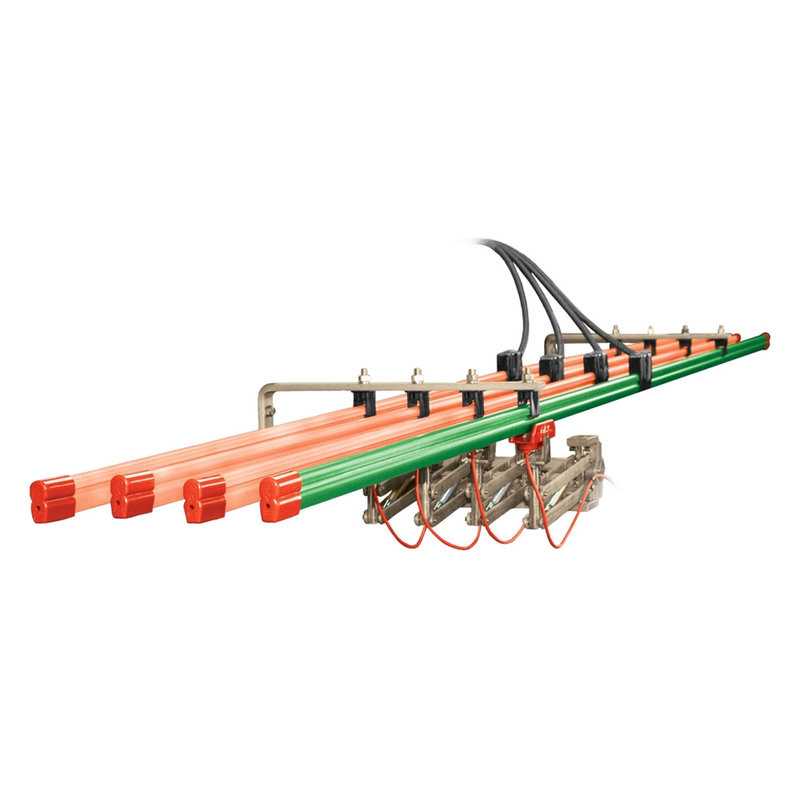electricaldoctor007
Member
- Location
- Alabama
- Occupation
- Electrical Supt.
I have a crane contractor who wants to mount brackets for Ductor Bar onto the handrail at my hydro dam. The previous Supt. stated this was acceptable.
When I took over this project, I learned of this and shut it down. 3 current carrying conductors and a ground. 575v @ 150amps.
I'm the new guy in a room filled with Mechanicals & Welders. I need some help. I can't seem to find the ammo I'm looking for in NEC.
Can someone provide some guidance?
When I took over this project, I learned of this and shut it down. 3 current carrying conductors and a ground. 575v @ 150amps.
I'm the new guy in a room filled with Mechanicals & Welders. I need some help. I can't seem to find the ammo I'm looking for in NEC.
Can someone provide some guidance?


